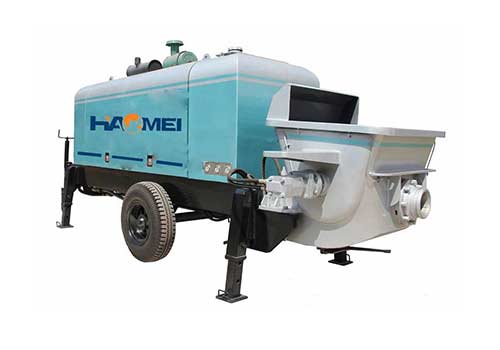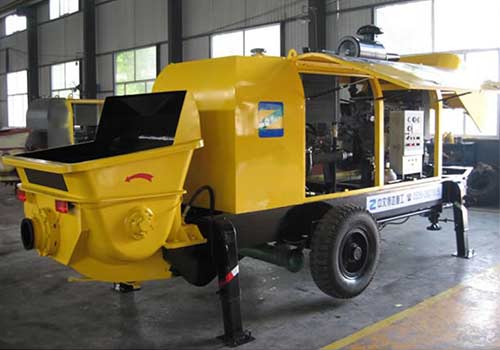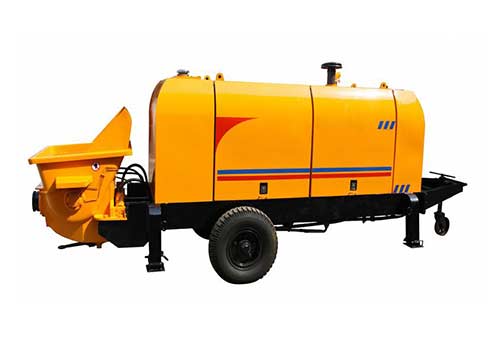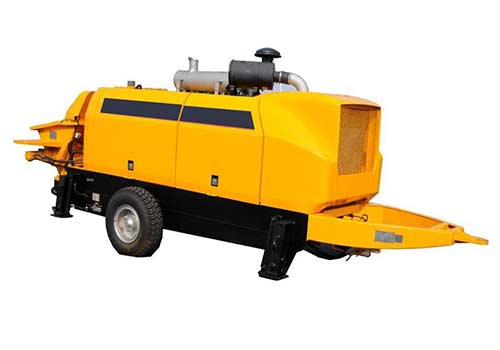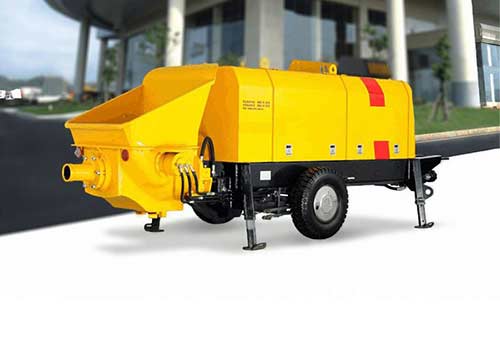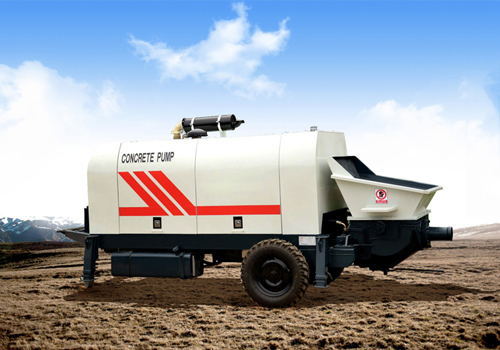Placing boom concrete pump ace concrete pumping
Apr 28, 2025
Placing Boom Concrete Pumps: Advancing Construction Solutions
In the realm of modern construction, efficiency and precision are paramount. Roads, bridges, multi-storey buildings, and complex infrastructure require the careful delivery and formation of concrete, which is where placing boom concrete pumps excel. These advanced machines not only streamline workflow but also drastically enhance productivity on job sites characterized by limited access, confined spaces, and intricate pouring requirements.
One of the biggest challenges with placing boom concrete pump, specifically Ace Concrete Pumping models, lies in the delicate balance between speed and precision. While their reach and capacity are significant advantages, the sheer force of the concrete can lead to issues like segregation if not carefully managed. Our team has found that operator skill is paramount; experience in adjusting boom articulation and pump pressure to match the specific concrete mix and placement requirements is crucial to avoiding honeycombing or voids. We’ve seen instances where inexperienced operators, even with a powerful machine like an Ace, resulted in rework due to uneven placement or excessive consolidation effort later on. Regular maintenance, particularly focusing on the valve systems and boom hydraulics, is also essential for preventing costly downtime and maintaining optimal performance.
Beyond operator skill and maintenance, the intricacies of the jobsite environment plays a crucial role in successful concrete placement. Factors like ground conditions, access limitations, and proximity to obstacles all impact boom maneuvering and necessitate meticulous planning. We’ve found pre-job site surveys, involving discussions with the foreman and engineers, to be incredibly valuable in anticipating potential challenges and customizing our approach. This might include using specialized placing techniques like the "layering" method or adjusting the placement speed to better cope with challenging terrain or existing structures. Essentially, successful Ace concrete pumping relies on a holistic approach that integrates skilled operation, meticulous maintenance, and thorough jobsite analysis.
Features of Placing Boom Concrete Pumps
A placing boom concrete pump is primarily designed to deliver substantial volumes of concrete vertically and horizontally. One can appreciate its defining features by considering its structural and operational advantages, including:
-
Articulated Boom Systems: Most placing booms consist of multiple extending sections, which can navigate around obstacles and access hard-to-reach areas without the need for manual transportation of materials. This flexibility allows them to cover expansive areas while still being effective in squeezed job sites.
-
Remote Control Operation: Modern concrete pumps come equipped with remote-operated pump drums, increasing the safety of operators. This feature allows the machine user(s) to maintain a clear view of the pouring site, significantly reducing blind spots and potential accidents.
-
Variable Reach and Versatility: With high reach capabilities - often stretching from 20 to over 60 meters - these pumps can adapt to specific construction requirements and can pour concrete not just in vertical applications but also across large horizontal spans.
-
Stability and Efficient Flask Design: Sizes and designs vary, but the advanced placing booms are manufactured to ensure maximum stability during operation. This reliability helps avoid the risk of spillage or uncontrolled directing of concrete, fostering confidence in largescale pours.
Unique Applications in Construction
The versatility exhibited by placing boom concrete pumps allows for diverse applications across various construction segments:
-
High-Rise Structures: When constructing skyscrapers or high-rise blocks, concrete must be poured rapidly from considerable heights. Placing boom concrete pumps facilitate these requirements endlessly and swiftly, significantly consolidating time phases and reducing the labor scope.
-
Slope and Bridge Construction: In scenarios where gradual slopes or unique bridge formations are required, the inaccuracies related to manual pouring can be detrimental to project outcomes. Here, the ability to position the boom accurately allows for precise pouring very efficiently amidst the ongoing process.
-
Foundation and Infrastructure Works: For projects involving basements or complex foundations, attaching this flexible system allows construction workers to maintain efficient dimensional accuracy associated with necessary design parameters.
Solutions and Benefits
The operational benefits and advanced application methods brought by placing boom concrete pumps solve various challenges similar to typical projects:
-
Increased Speed and Productivity: The combination of advanced pouring rates with remote technology can heighten project completion speeds tremendously, reducing operational costs resulting from labor expenditures.
-
Enhanced Lean Operations: Utilizing placing boom systems can release labor for deployment across various phases rather than split across spatially limited pouring areas. This enhances efficiency while minimizing overcrowding at the worksite.
-
Reduced Waste Implementation: The preciseness of controlled outcry during the pouring peaks ensures lesser wastage swiftly addresses both handling and operational concerns corresponding to discrete mixes or ingredients.
In conclusion, placing boom concrete pumps illustrate a remarkable engineering blend of innovation and application tailored for future-ready construction practices predominant across various projects today. Through their exemplary technical capabilities, they highlight a commitment to quality enhancements and workflow environments where efficiency is more critical than ever. These machines not only adapt to changing construction demands but ultimately signify best practices through identifiable socioeconomic sustainability measures in usage and yield.
Related Articles
-
Cement pump machine homemade concrete pump
Dec 18, 2024
-
Small cement mixer affordable concrete pumping
Apr 04, 2025
-
Volumetric mixer concrete pumps
Apr 01, 2025
